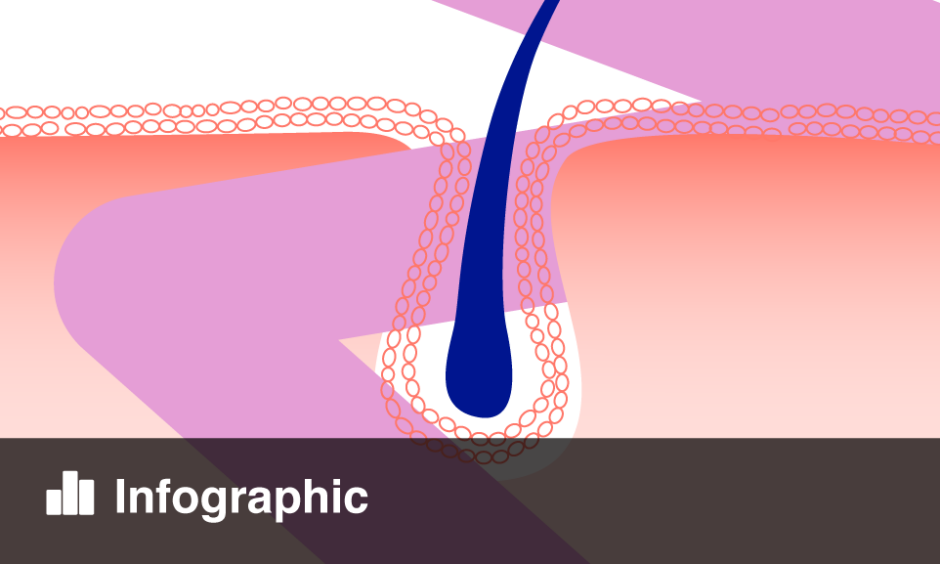DERMAL FIBROBLASTS utilise the highly conserved Wnt/β-catenin pathway to facilitate hair follicle development, wound healing, and structural maintenance of skin integrity. However, sustained activation of the Wnt/β-catenin pathway can result in fibroblasts overproducing connective tissue proteins, such as collagen, leading to harmful fibrosis. Now, according to a new study, long non-coding RNA (lncRNA), a recently discovered class of genes, have been found to serve as an intermediary between the Wnt/β-catenin pathway and fibroblast genes.
The Wnt/β-pathway is central to generating gene expression alterations in response to changing environments. One-hundred and eleven lncRNA involved in the Wnt/β-catenin pathway have been discovered by researchers at Case Western Reserve University School of Medicine, Cleveland, Ohio, USA, and the identification of specific IncRNA that control genes and behaviour in mouse skin cells in this study has proved key in connecting the Wnt/β-catenin pathway to a new form of genetic control.
“LncRNAs are a newly discovered class of genes, and we have been working to elucidate their functions and mechanisms as they appear to be critical for human health,” explained Dr Ahmad Khalil, Case Western Reserve University School of Medicine. The research team demonstrated how fibroblasts genetically modified to overproduce β-catenin had 8–14-times higher concentrations of two specific lncRNA, termed Wincr1 and Wincr2 (Wnt signalling induced non-coding RNA) compared to controls. LncRNA levels also correlated with significantly higher levels of proteins that enable fibroblasts to move and contract, suggesting that lncRNA level disruption could alter how fibroblasts function within the skin.
“Specific lncRNAs that operate downstream of the Wnt/β-catenin pathway could serve as drug targets for chronic and acute skin fibrosis conditions,” stated Prof Radhika Atit, Case Western Reserve University School of Medicine. These findings add to an increasing body of research regarding how lncRNA could provide a new therapeutic target for promoting skin repair, with previous work suggesting a link between lncRNA defects and diseases such as cancer. The team are exploring how lncRNA work in multiple animal models and gaining further insights into how their dysfunction could lead to disease development.








